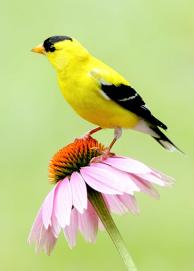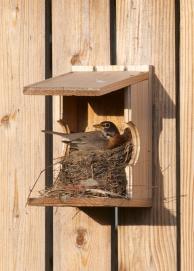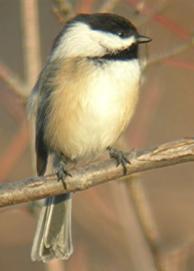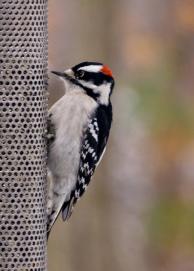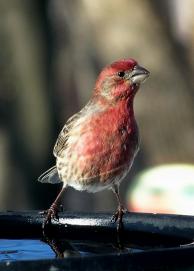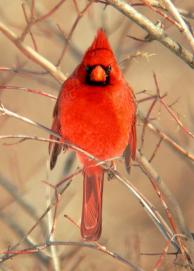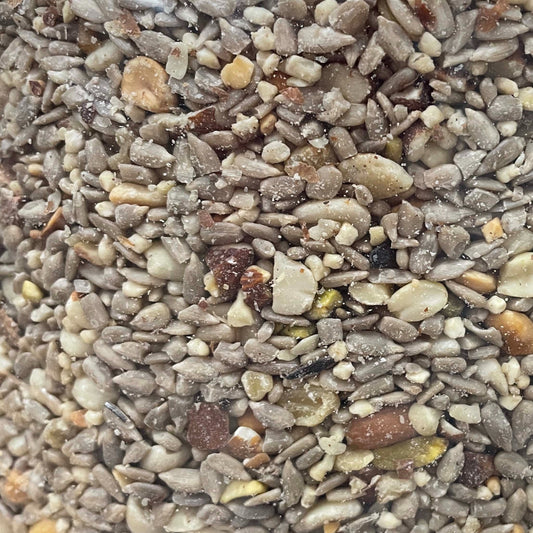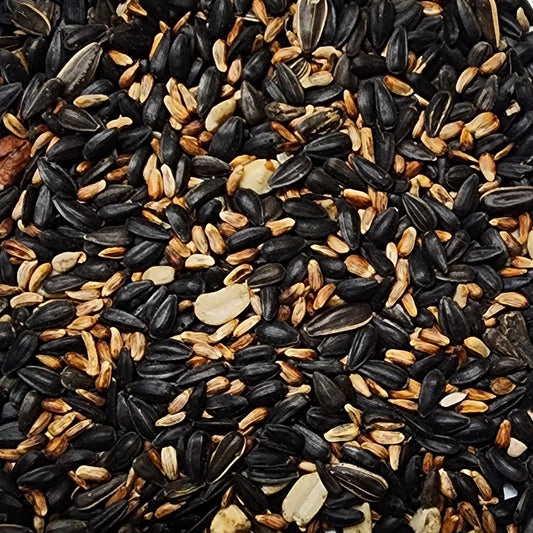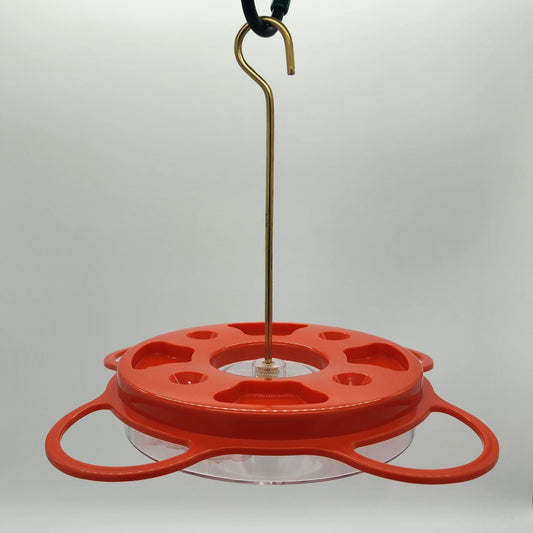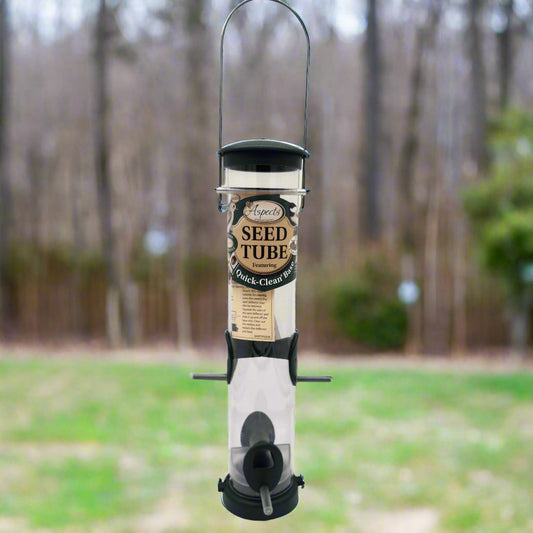 One of the greatest examples of adaptation in the bird world has to be the crossbills. At first glance, these robust finches make you think their bills are deformed due to some birth defect or injury. On the contrary, crossbill have evolved a very specialized bill for specifically feeding on cones of different evergreens.
One of the greatest examples of adaptation in the bird world has to be the crossbills. At first glance, these robust finches make you think their bills are deformed due to some birth defect or injury. On the contrary, crossbill have evolved a very specialized bill for specifically feeding on cones of different evergreens.
We currently observe four species of crossbill in the world with two (white-winged and red) occurring in North America but researchers believe the number could be much higher. Within Red Crossbills (Loxia curvirostra), there is a great variety of bill sizes and flight calls. The bill sizes are linked to the particular cone that they like to feed on.
White -winged Crossbills are quite uncommon in Missouri but Red Crossbills are generally reported from a few locations around the state each winter. The number of birds each year is linked to the success or failure of their favorite food crop.
This winter we have had several reports of Red Crossbills. These bird will typically join in with their smaller cousins the goldfinch. Male Red Crossbills are a dull brick red while females and young males are yellow. Both are rather mottled with gray. They are quite chunky with short, stubby tails.
Customers lucky enough to have them stop by their feeders have had the best luck with black oil sunflowers and sunflower chips. More often than not, those who have them in their yards have a stand of pine trees close by. One of the best sites in our area was in the Jack Pine stands at Lake Jacomo. Unfortunately, most of those trees died out and had to be removed.
Don’t give up looking. Late winter and early spring can be a good time to see uncommon birds at your feeders and around your neighborhood.

